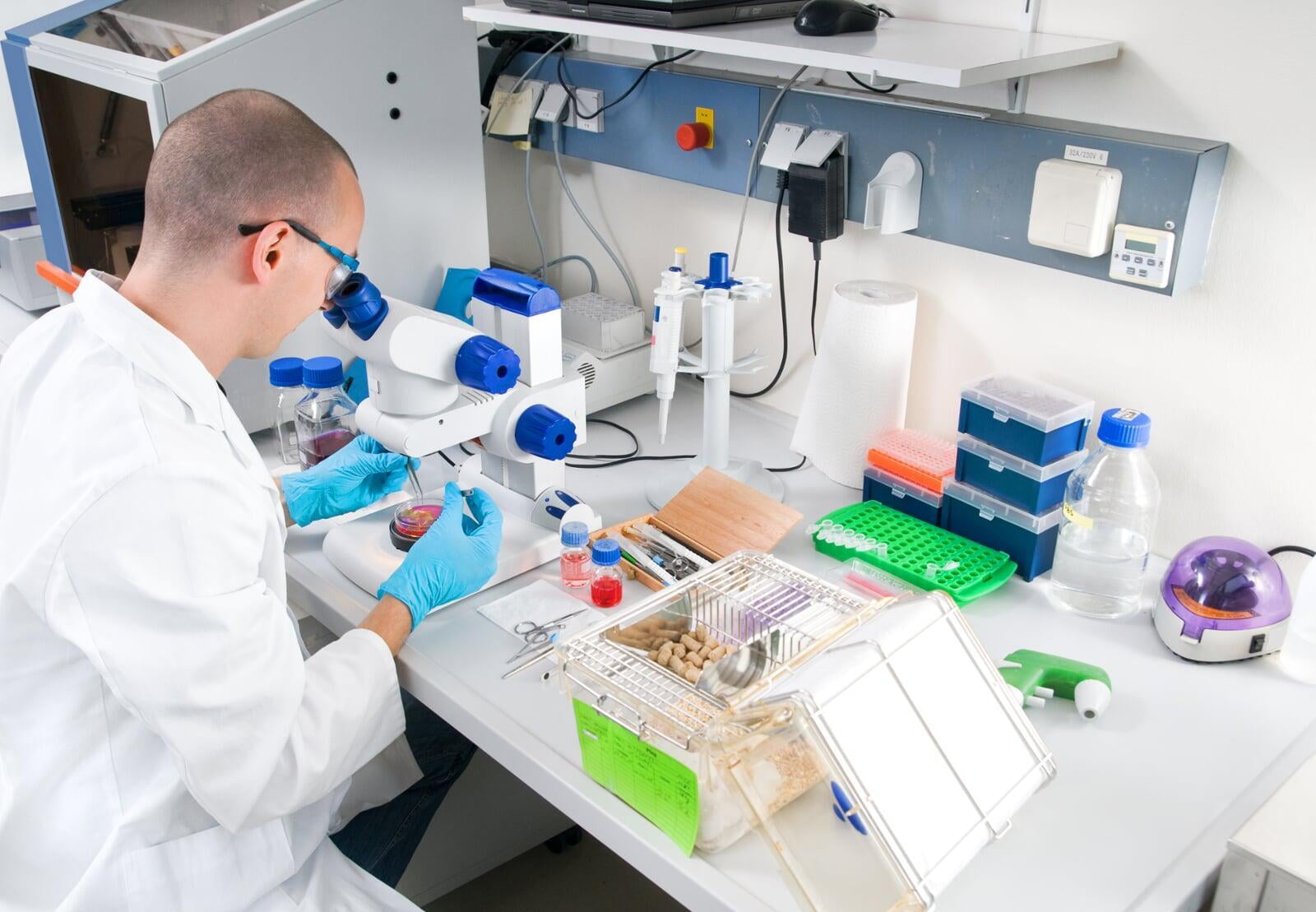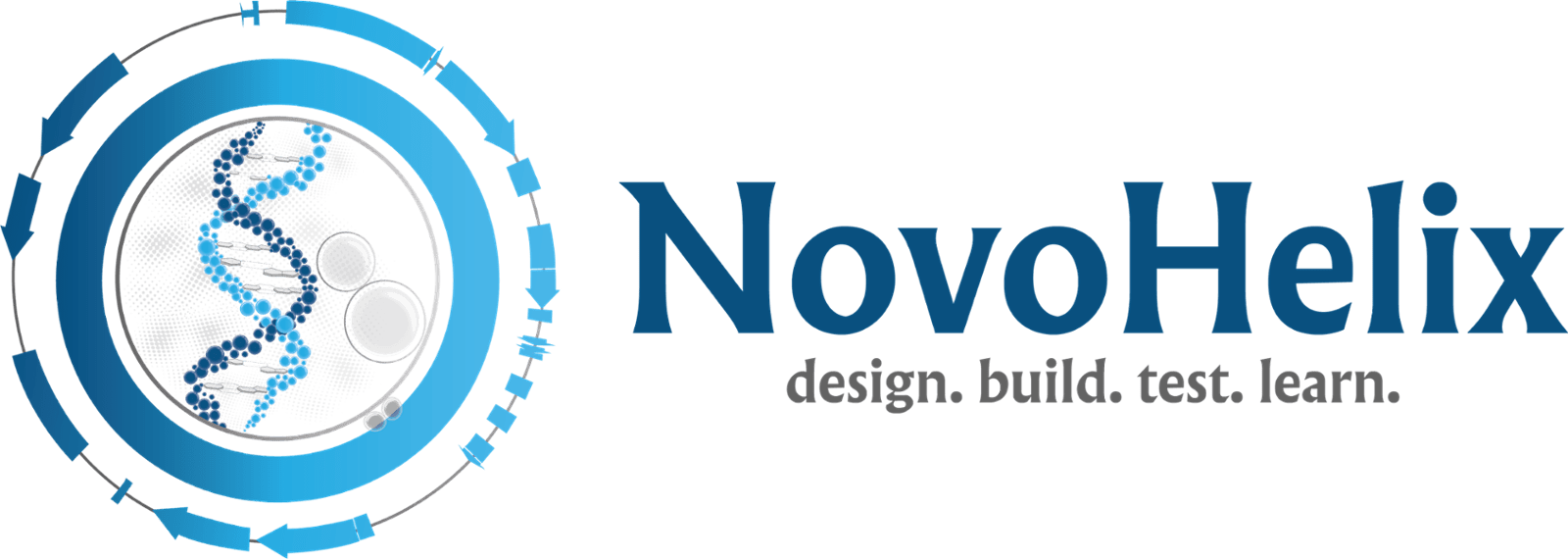
gene drive systems—active genetics
Service
Catalog Nr
Service Description
Timeline
Deliverables
Pricing
- 'active genetic' allele / CopyCat cassette
- C57BL/6 mouse
- guaranteed founders
3 - 4 months founders; 5 - 8 months GLT F1s
At least 2 founders (or germline transmitted F1's) with the confirmed mutation(s)
- 'active genetic' allele /CopyCat cassette
- custom mouse strain
- guaranteed founders
NovoHelix can help the client to develop the gene drive and approriate biocontainment strategy: please inquire with our scientific leadership team.
At least 2 founders (or germline transmitted F1's) with the confirmed mutation(s)
Service
Catalog Nr
Service Description
Timeline
Deliverables
Pricing
1 - 4 weeks depending on gene drive allele complexity
5-10 micrograms of transgene plasmid; sequence validation, in silico map and 3 digests for restriction fingerprinting overall structure.
NovoHelix offers a genotyping service to help clients develop robust genotyping protocols for screening animals after breeding and expansion of indidvidual mutant founder lines.
genotyping protocol
10-100 micrograms of supercoiled plasmid
Service is for design and in vitro transcription (IVT) of up to 6 guide RNAs for 1 target locust.
6 guide RNAs ~ 500 ng/ul
- Gene editing activity testing
- Format - cell-based transfection
- Assay - T7 endonuclease I/Cel-II/Surveyor
Activity of up to 6 guide RNAs
- Gene editing activity testing
- Format - cell-based transfection
- Assay - genetic reporter & flow cytometry
NovoHelix offers a gene or base editing service to help clients test their CRISPR tools including guide RNAs, high-performance mutant Cas proteins and base editors in plasmid DNA or RNP formats. A representative cell line will be transfected in triplicate and results will be generated by a fluorescent reporter assay and flow cytometry.
Activity of up to 6 guide RNAs

